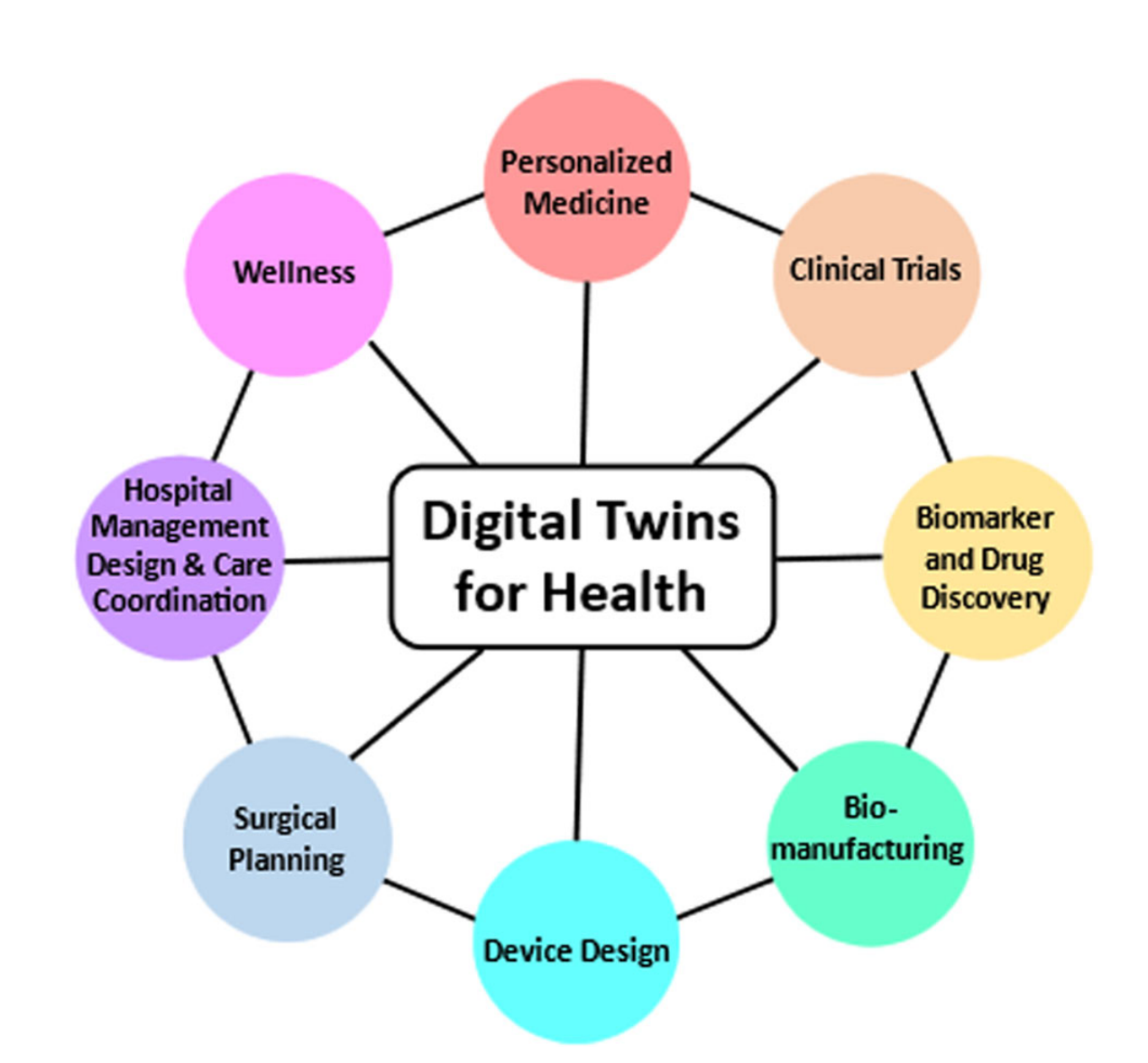
Introduction:
The evolution of digital twins (DT) in healthcare is a testament to the innovative advancements made in the industry. Virtual model simulation of complex dynamical systems is a cost-effective technique to explore the effects of design choices and options. DT are virtual replicas of items, aiding in decision-making by representing their development and advancement. Before investing in real prototypes and assets, industrial manufacturers employ DT to simulate, anticipate, and optimise the product and production system.
Origin and Evolution of Digital Twins
DT, originally adopted by the National Aeronautics and Space Administration (NASA) in the 1960s, have found a significant place in healthcare, offering a virtual representation of a physical system. The DT concept has evolved from being a mere replica to a sophisticated representation that mirrors real-world systems in real time, providing predictive insights to aid decision making using advanced simulation.
The Rising Trend of Digital Twins in Healthcare
The surge in publications on DT in recent years is a clear indicator of the growing interest in this field. Researchers worldwide are recognising the potential of DT to transform healthcare delivery, patient care, and medical research. The application of DT in healthcare is primarily driven by technologies such as Machine Learning (ML) and Artificial Intelligence (AI). These technologies are used for modelling, simulations, and creating virtual representations, primarily focusing on patient care and advancing personalised treatments.
Different Types and Applications of Digital Twins in Healthcare
DT in healthcare can be conceived in various forms, including DTs of one body system, organ, or even at the cellular level. They can also be created for specific diseases or disorders. A composite DT integrates two or more types, providing a comprehensive view. The fidelity of a DT largely depends on the incorporation of real-time and real-world information, enhancing its utility and accuracy.
In terms of applications, Digital Twins in healthcare (DT4H) can be categorised into eight main areas. These include hospital management design and care coordination, medical device design, biomarker and drug discovery, and personalised medicine, among others. Each category utilises the power of DTs in unique ways, offering innovative solutions to existing challenges in healthcare.

Digital Twins in Medical Device Design
DT are reforming the field of medical device design. One notable example is the collaboration between Dassault Systèmes and the US Food and Drug Administration (FDA) on the SIMULIA Living Heart project. This initiative aimed to create a validated DT of the human heart, providing invaluable insights into organ-drug interactions. With the power of AI and partnerships with leading healthcare companies, DT are enabling the development and refinement of cardiac devices at an unprecedented pace. The application of DT in medical device design not only accelerates the design process but also enhances the precision and effectiveness of these devices.
Challenges in Implementing Digital Twins in Healthcare
Despite the potential of DT, their implementation in healthcare comes with several challenges. Acquiring and integrating data presents a significant challenge. We also need to address issues of data privacy and security. Ensuring data quality and accuracy is another critical concern. We must tackle data bias and fairness, and consider ethical implications. The complexity of modelling also poses a challenge. Furthermore, we should focus on developing a robust computing infrastructure and compelling business models. Ensuring data accuracy, preventing biases in models, and safeguarding sensitive health information are vital to the successful implementation of DT in healthcare. Moreover, the development of appropriate computing infrastructure and business models can facilitate the broader adoption of DT in the health industry.
Conclusion:
The application of DT in healthcare is a testament to the potential of technology to reshape healthcare delivery and patient care. Despite the challenges, the transformative potential of DT in healthcare is undeniable. As technology advances and we resolve existing challenges, the importance of DT in personalised and precision healthcare will grow. By integrating real-time and real-world information into DT, we can greatly improve their fidelity. This improvement will contribute to better healthcare outcomes overall. As innovation and advancement in this field continue, DT will certainly shape the future of healthcare.
